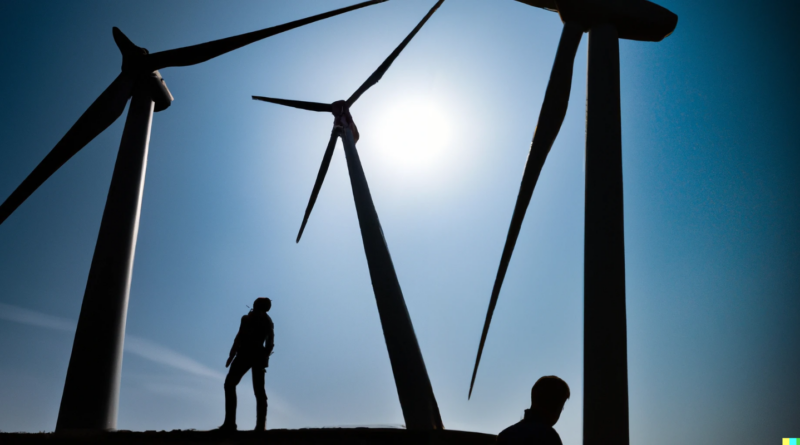State Energy Policy in a Land of New Federal Opportunity
Unprecedented new and expanded federal programs have fundamentally shifted the landscape of what’s economically and politically feasible for state policymakers, creating a massive opportunity for states to unlock wide-ranging benefits and attract billions in federal funds and private investment for their residents and businesses.
Today, there are more reasons than ever before for states to proactively drive clean energy policy to reap economic, health, and environmental benefits for their citizens as the unparalleled influx of federal investment suddenly renders once ambitious policies cost-effective.
Introduction
RMI has identified five targeted policy interventions that can help states to:
- Secure wide-ranging economic, health, and environmental benefits, including new high-quality jobs, lower energy costs, increased federal and private sector investment, avoided deaths, reduced illness, and cleaner air and water
- Drive the energy transition in their state, joining the race to the top in a clean energy economy to capture the full opportunity of clean technologies and industries
- Attract billions in federal and private sector investments in the form of federal grants, rebates, and tax credits that keep investment dollars in-state as well as clean industry investments in new facilities, businesses, and jobs
Dozens of federal funding streams are available to pay for implementing these interventions, making it easier to pass and fund proven policies that generate equitable local economic and health benefits. At the same time, these policies would enable, complement, and support the in-state uptake of federal grants, loans, and tax credits, increasing the flow of federal and private funding to the state.
This document outlines the five high-impact policies and their benefits. It then pairs those policy levers with the federal investment programs that offer the best opportunity (often in combination) to support and pay for them:
- Clean electricity standard
- Clean vehicle standards
- Managed energy infrastructure transition
- Methane standards
- Whole-home energy retrofit program
Robust federal funding is available to help pay for five key state energy policies.
This table summarizes the different types of federal funding available to support each policy and includes links to view more information about each funding opportunity in AFFORD*.
These policies have been implemented across a wide range of states — geographically and politically — and are proven to drive the uptake of clean energy technologies, provide market certainty for clean energy industries, and ensure all communities realize benefits. We also provide alternate approaches for each policy to advance similar outcomes if these specific policies are not immediately feasible in a given state.
This information is intended for those looking to advance state-level energy policy to ensure they capitalize on the opportunity for cleaner communities, locally produced energy, lower air pollution, high-quality jobs, and infrastructure investment in a clean energy economy. For information on how the most impactful policies vary by state, this article outlines the top policies to cut emissions, increase jobs, and reduce pollution in 24 states.
States can use this document to identify the relevant federal funding streams to support each policy. Notably, some funding streams — such as the State Energy Program, Greenhouse Gas Reduction Fund, Climate Pollution Reduction Grants, and Environmental and Climate Justice Block Grant Program — are highly flexible and can be applied in support of many different policies. States should prioritize the use of these flexible funds for policies and projects that lack other robust federal funding streams (e.g., landfill methane reduction), and identify opportunities for flexible funds to fill funding gaps, unlock other funding streams, or kickstart implementation while waiting for new and specialized programs to start up. To maximize the impact of federal funding on states’ efforts, states should consider the provisions within this document as opportunities to augment, rather than replace, state funding.
To focus attention, this document narrows down the available federal funding resources to highlight only the most directly useful grants, tax credits, and loan programs that support each policy. Some opportunities are omitted because they provide relatively limited funding, are expired and not expected to renew soon, or are eligible only for a narrow use case. In other words, even more federal funding is available than this document presents. Users can explore the AFFORD tool and other items, such as the IRA Program and Incentive Summary and Decarbonizing Industry Resource Tool (DIRT), to learn about additional opportunities.
See RMI go into more depth on these five targeted policy interventions here.
Have a tip for CleanTechnica? Want to advertise? Want to suggest a guest for our CleanTech Talk podcast? Contact us here.
Latest CleanTechnica.TV Video

CleanTechnica uses affiliate links. See our policy here.


